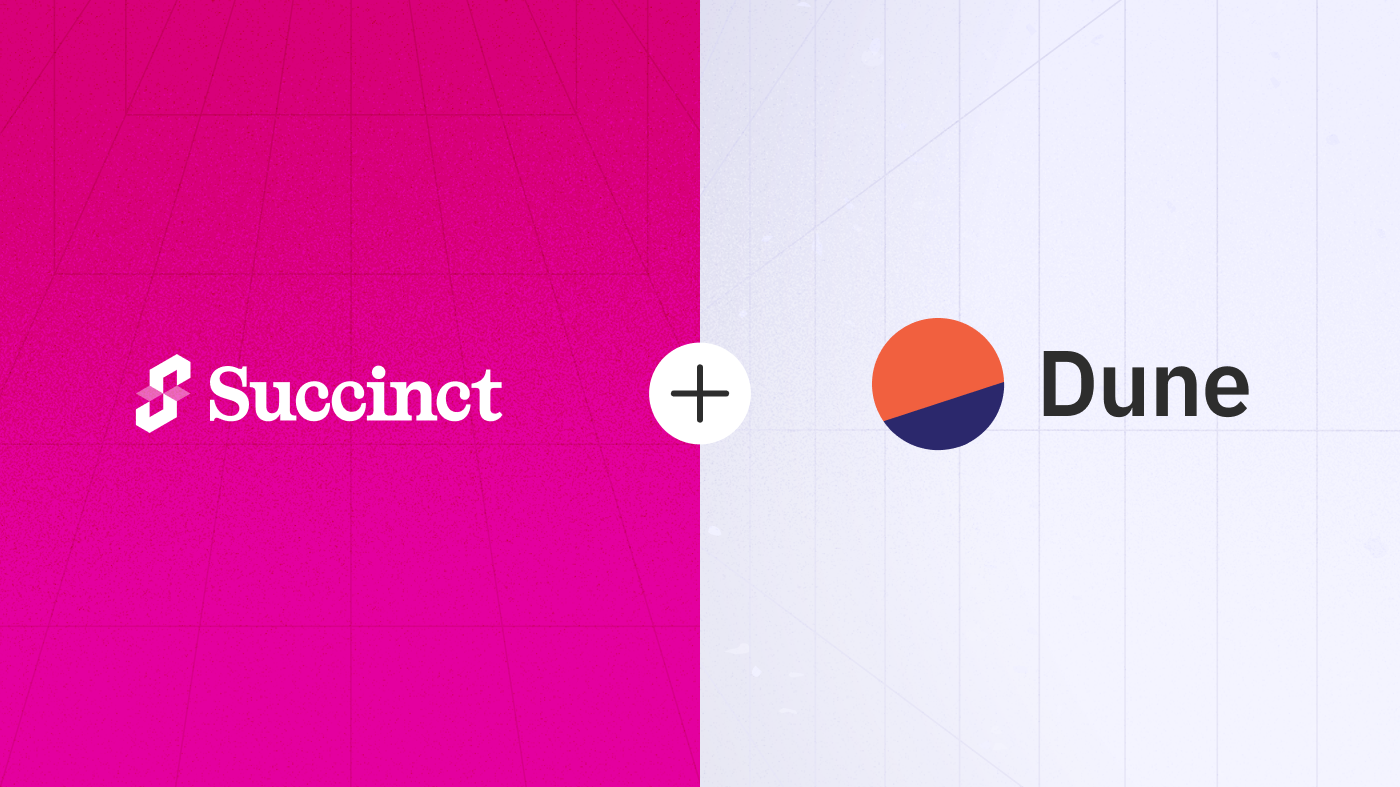Introducing the Dune Index
A Real Measure of Blockchain and Cryptocurrency Adoption
Exclusive content

Download Content


What is the Dune Index?
In the rapidly evolving world of blockchain and cryptocurrency, gauging real adoption is crucial to understanding the industry’s impact. While we often see metrics like price, active addresses, and total value locked, these don’t give the full picture of how blockchain technology is being truly utilized by people. That’s why we created the Dune Index – a comprehensive, activity-driven metric designed to measure meaningful adoption in the blockchain space.
The Dune Index brings together key metrics in a unique way, giving developers, investors, and observers an accessible, accurate way to see real traction within the blockchain industry. Instead of capturing momentary market activity, the Dune Index highlights trends that reflect genuine user engagement, helping us all understand where blockchain adoption stands and where it’s headed.

Adoption is More than Active Addresses, TVL, or Price
While it’s common to track price, active addresses, and total value locked (TVL), these metrics don’t tell us the whole story:
- Price: Price often reflects market sentiment rather than adoption. True adoption drives utility, not speculation.
- Active Addresses: Many users hold multiple addresses or create temporary addresses for specific purposes. Counting addresses can overstate user count, while the Dune Index focuses on real, consolidated activity.
- Total Value Locked (TVL): While TVL suggests capital flow, it doesn’t necessarily reflect active, productive use. A few high-value deposits can inflate TVL, masking the real utility derived from the assets.
Traditional metrics can tell us about general activity or value, but they miss the nuance of meaningful use. The Dune Index filters out noise to provide a more accurate picture of industry growth. For anyone building in this space, investing in it, or simply wanting to keep an eye on its growth, the Dune Index offers a deeper, clearer understanding of adoption than price or token movement alone.
How the Dune Index Works
Creating the Dune Index started with identifying the core drivers of blockchain adoption. We included:
- Transaction Count - Every transaction is a piece of blockchain activity.
- Value Transferred - Beyond the transaction itself, the value moved reflects blockchain's utility.
- Fees Paid - Blockspace isn’t free, and the fees paid tell us about the demand for network resources.
Each of these components reflects different scales, so we converted each metric into a standardized ratio, with a baseline value of 10. Every day’s metric value is adjusted from this baseline, allowing us to compare trends easily. By averaging these three standardized ratios, we arrive at the Dune Index. This combined value gives a simple yet powerful view into blockchain adoption.
Filtering for Meaningful Data
To ensure the Dune Index reflects genuine adoption, we apply additional filtering. We avoid counting artificial activity, like funds repeatedly sent between addresses, which can inflate numbers without adding real value. By calculating net transferred value per address per day (total received minus total sent), we capture the actual economic impact of each transfer. Furthermore, we exclude internal transactions for large entities, scams, and exploit-related transfers, focusing only on activities that signal real-world use.
In addition, we filter out transactions with transfer values below $1, balancing inclusiveness and relevance. This focus allows us to track trends that indicate meaningful adoption over time, without noise from micro-activities or speculative movements.
Key Insights from the Dune Index
With the Dune Index, we gain a nuanced understanding of blockchain’s adoption journey:
- Closer to Previous Highs in Real Terms: Today’s adoption levels are approaching highs seen in prior market peaks. However, unlike past speculative booms, today’s values reflect more genuine, utility-driven activity.
- Filtering Out Noise: During previous highs, unfiltered activity included much higher instances of net-zero transfers, showing the difference between speculative and utility-driven adoption.
- Encouraging Trends with Room to Grow: Though transaction counts and net values have grown, today’s lower gas fees mean users get more value for less cost. As blockchains scale, there’s greater potential for adoption to grow on the foundation of utility rather than speculation.



With the Dune Index, we get an unprecedented view into how each chain contributes to overall adoption. We see that while adoption during previous booms was occurring largely on the Bitcoin and Ethereum blockchains, there is a more diverse mix of platforms on which the community is operating today.


The Bottom Line
The Dune Index is not just another metric – it’s a refined, comprehensive adoption indicator that distills meaningful activity from the broader blockchain landscape. This index goes beyond price or general activity metrics, delivering insight into the industry's real growth and value creation.
We encourage you to explore the Dune Index and stay tuned as we continue tracking adoption. Watch how real blockchain adoption grows, backed by robust data and powerful analytics, and see where this technology is truly making an impact.
For daily insights, check out the Dune Index on our platform and stay updated on how blockchain adoption evolves.
Ready to bring your Blockchain to Dune?
Power your App with Dune data
Steam Dune data in your analytics environment

Want to join Dune?


Dune Datashare
Ready to get started?
Individuals + Small Teams

Enterprise




